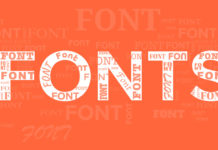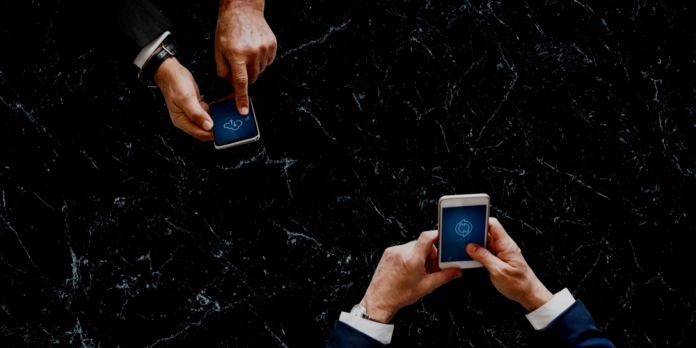Too many information, requests, wishes and different opinions. In today’s world, we are flooded with unnecessary information. Often, what is offered seems worthless and useless.
In parallel, it seems that we have less and less time, everything is going fast, so why spend our time on unnecessary things? You have a website, an application, a product. Somehow you managed to “steal” a little time from your potential user. There is a third challenge. There must be no thinking on your platform.
These are four principles that can help you:
Do not make me think
When you look at the Web site, everything needs to be clear. It needs to be self-explanatory. If your audience needs to think a lot, you’re making it unhappy. People do not want to treat your application as a cryptographic clock. The user wants to know what he can do right away. The more you make people think, they are more likely to look for the same thing else. Reduce as much as possible unnecessary information and rules because no one reads them. This leads us to the following principle:
People scan and accept things by default
How many times have you read a long text from start to finish? Rarely, except in cases where something really means to you. That’s fine, you do not have to read everything from start to finish, because much of the information is unnecessary and repeated. In most of the pages, the user is only interested in a part, so it scans. When designing a page, do you think that your users are looking at all the options in detail and accepting the most optimal? Rarely. The reality is that we do not choose the best option, but the first reasonable offer – satisficing strategy.
Design for scanning, not for reading
Create web pages with a clear visual hierarchy. The greater the importance of things, the more prominent they should be. Conventions are your best friends. The text below the picture should describe what is on it, and if it is even smaller, it tells us who the author is. The web also has its “unwritten” rules:
The logo “should” be positioned at the top, left.
Buttons for social networks in the footer
Search bar in nav bar
The key point here is that people are accustomed to certain rules, and when changing them, they may encounter resistance. From time to time you need to be innovative, to see what works better. However, take advantage of the already well-used conventions.
Delete unnecessary words
Eliminate Small talk. Have you ever read the user guide? Have you ever looked at “I agree to terms and conditions”? Normally not. People do not like too long introductions and explanations. Who reads ads? Happy talk is like a small talk – content free, just the way to be social. The web user does not have time for small talk, he immediately wants to get what interests him.






















